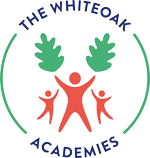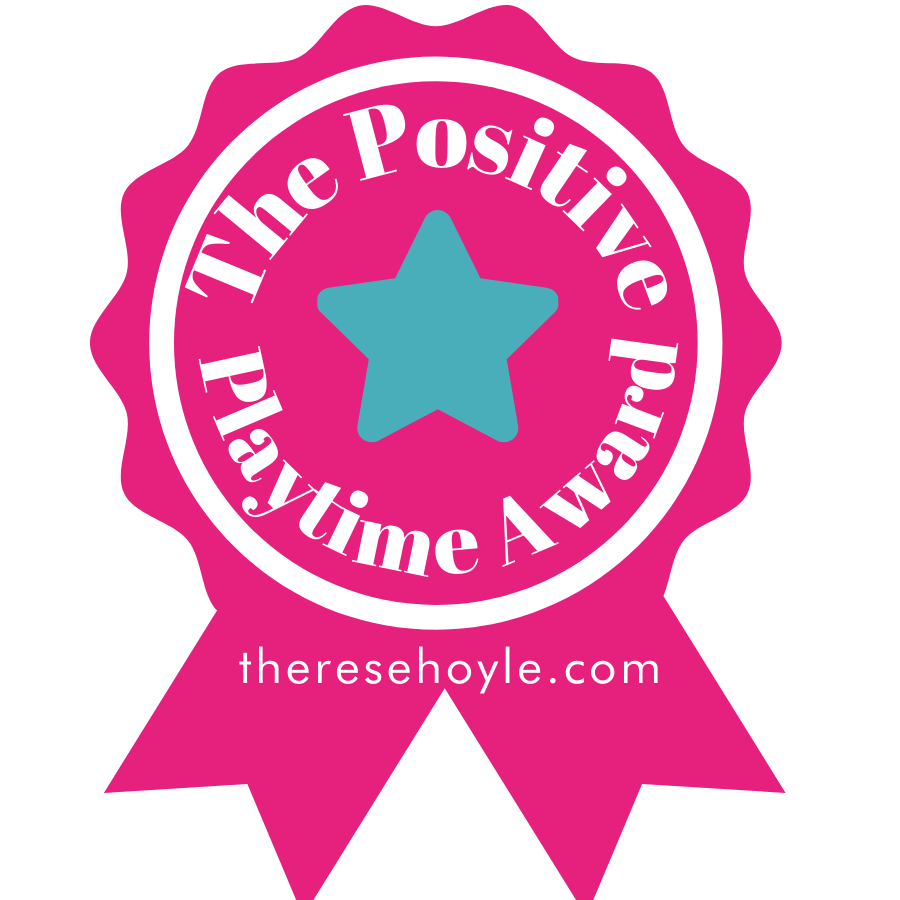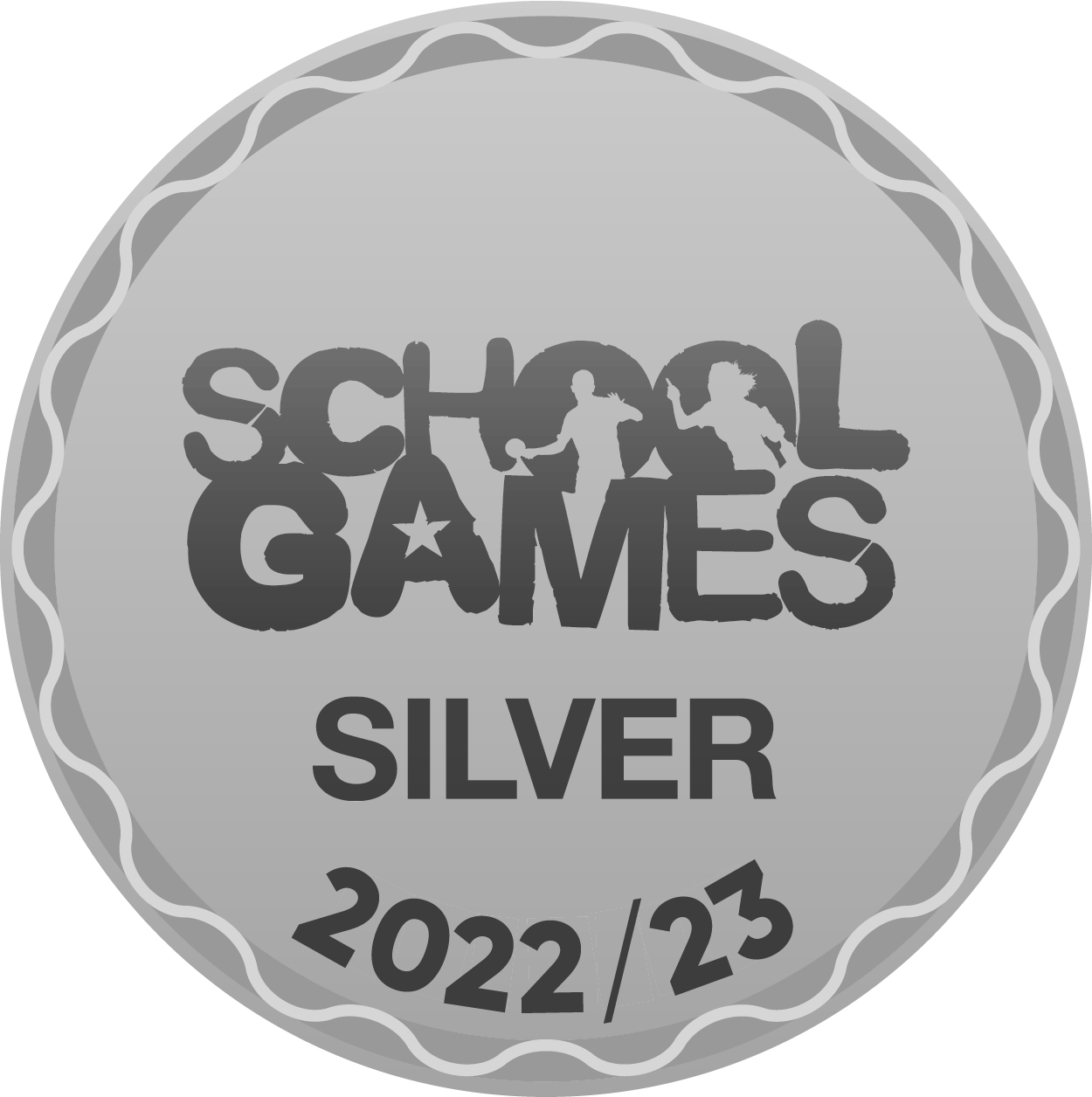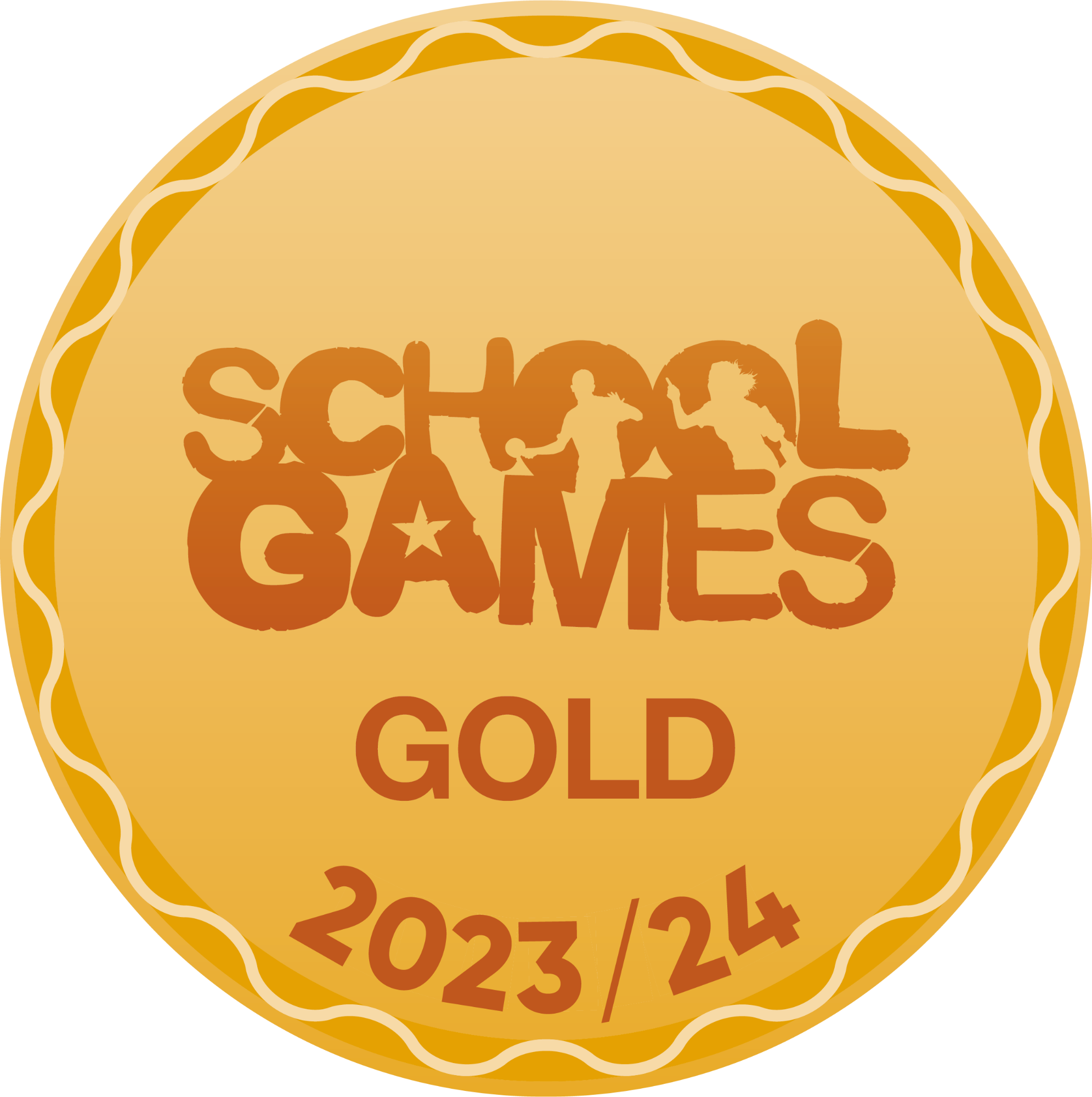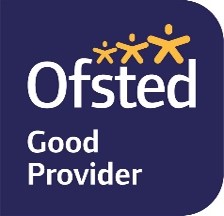Mathematics
Mathematics is a specific area in the Early Years Foundation Stage.
The statutory framework for the EYFS (2021) states that 'developing a strong grounding in number is essential so that all children develop the necessary building blocks to excel mathematically. Children should be able to count confidently, develop a deep understanding of the numbers to 10, the relationships between them and the patterns within those numbers. By providing frequent and varied opportunities to build and apply this understanding - such as using manipulatives, including small pebbles and tens frames for organising counting - children will develop a secure base of knowledge and vocabulary from which mastery of mathematics is built. In addition, it is important that the curriculum includes rich opportunities for children to develop their spatial reasoning skills across all areas of mathematics including shape, space and measures. It is important that children develop positive attitudes and interests in mathematics, look for patterns and relationships, spot connections, ‘have a go’, talk to adults and peers about what they notice and not be afraid to make mistakes.’
What are the expectations in Reception and by the end of the year?
Throughout Reception the children are supported in reaching the end of year expectations. These are the Mathematics Early Learning Goals.
By the end of Reception children at the expected level in Number will:
Have a deep understanding of number to 10, including the composition of each number
Subitise (recognise quantities without counting) up to 5;
Automatically recall (without reference to rhymes, counting or other aids) number bonds up to 5 (including subtraction facts) and some number bonds to 10, including double facts.
By the end of Reception children at the expected level in Numerical Patterns will:
Verbally count beyond 20, recognising the pattern of the counting system;
Compare quantities up to 10 in different contexts, recognising when one quantity is greater than, less than or the same as the other quantity;
Explore and represent patterns within numbers up to 10, including evens and odds, double facts and how quantities can be distributed equally.
